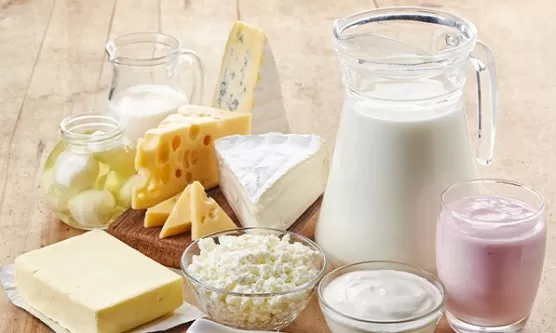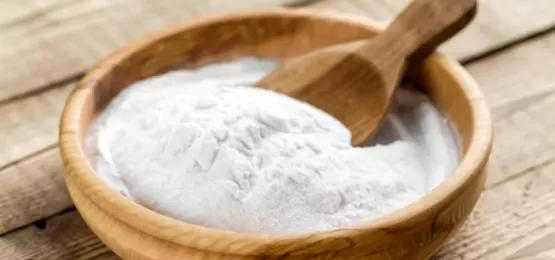Fridge leftovers or pantry staples, expiration dates can deceive. Items might pose risks or lose efficacy, silently. Validate package expirations for safety.
Cracking the Code: Understanding Expiration Dates

The term “expiration date” indicates the last safe consumption or use date.
However, it’s important to note that its disclosure is often voluntary. Federal law mandates expiration dates for infant formula and specific baby foods, while some states require such dates for milk and dairy products.
Unlocking More Terminology: Essential Labels
Labels like “best if used by,” “use by,” and “guaranteed fresh” provide manufacturer recommendations for optimal quality.
Beer packaging includes a “born on” date to track its age, as beer quality deteriorates after three months. The “pack” date refers to when a canned or packaged item was sealed by the manufacturer.
Smart Tip: Freshness of Dairy Products

Many states mandate “sell by” dates on dairy products to ensure their post-purchase usability, while suppliers often specify “best if used by” dates.
WebMD suggests that milk remains fine until a week after the “sell by” date, and eggs are safe for consumption three to five weeks after purchase.
Smart Tip: Preserving Canned Goods
Proper Storage: Extending the Shelf Life of Canned Goods
When stored correctly in a cool, dry, and dark environment, canned goods can have an impressive shelf life. The Food and Drug Administration (FDA) offers guidance on the longevity of different types of canned foods.
Highly acidic foods, such as tomato sauce, typically remain safe for consumption for about 18 months. The acidity level in these products helps to preserve their quality. On the other hand, low-acid foods like green beans have an even longer shelf life and can be safely consumed for up to five years.
However, it’s crucial to pay attention to the condition of the cans. If you notice any bulging or discoloration, it’s essential to discard them immediately. These signs could indicate the presence of harmful bacteria, posing a potential health risk.
By following proper storage practices and being mindful of the condition of the cans, you can make the most of your canned goods and ensure their safety for consumption over an extended period.
Smart Tip: Maximizing baking soda\’s Potential

Baking soda, a versatile ingredient in the kitchen, offers a multitude of uses for occasional bakers. Not only does it have a long shelf life, but refrigeration can further extend its usability. While the package may indicate a recommended “use by” date, there’s a simple test to determine if it’s still effective.
Exploring the Shelf Life of Baking Soda
Baking soda is known for its impressive shelf life, allowing bakers to keep it on hand for extended periods. This characteristic makes it an excellent choice for those who bake occasionally or in small quantities. By storing it in a cool and dry environment, such as a pantry or refrigerator, you can ensure its longevity and usability.
Understanding the “Use By” Date
Manufacturers often provide a “use by” date on baking soda packaging, typically around six months after opening. This date serves as a general guideline for maintaining its optimal performance. However, it’s important to note that baking soda can often remain usable even beyond this recommended timeframe.
Testing Baking Soda’s Effectiveness
To determine if your baking soda is still active, a simple test can be conducted. Start by mixing one-half cup of hot tap water with one-quarter teaspoon of vinegar. Then, add one-quarter teaspoon of baking soda to the mixture. If the baking soda fizzes and produces bubbles, it indicates that it’s still potent and suitable for use in baking.
Utilizing Baking Soda’s Versatility
Baking soda’s functionality extends beyond leavening baked goods. It can also be utilized for various cleaning purposes, as a deodorizer, or even as a gentle exfoliant for skin care. With its long-lasting effectiveness and versatility, having baking soda readily available in your kitchen can prove to be highly beneficial.
*The information is for reference only.